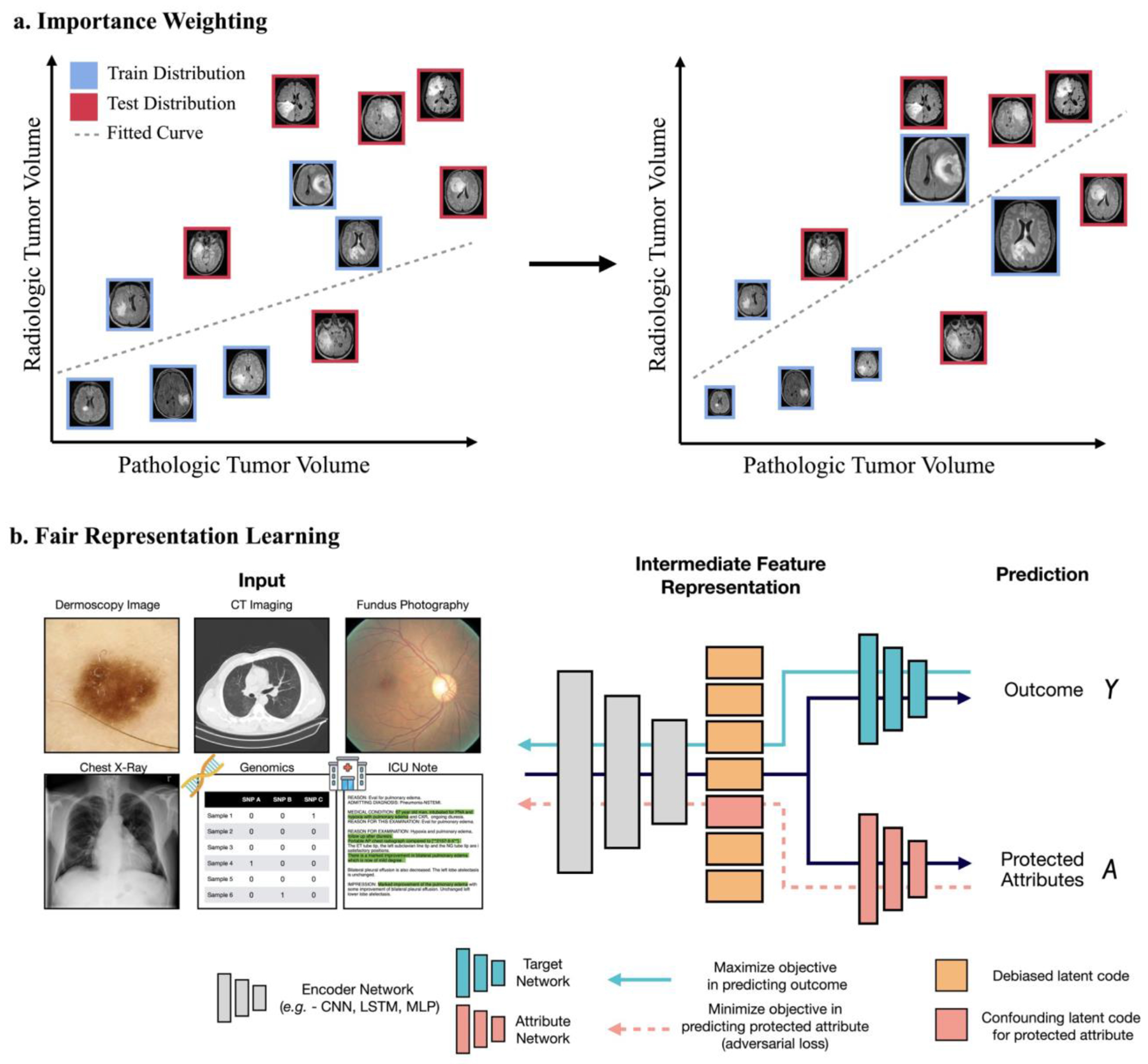Fig. 2 |. Strategies for mitigating disparate impact.

a, For under-represented samples in the training and test datasets, importance weighting can be applied to reweight the infrequent samples so that their distribution matches in the two datasets. The schematic shows that, before importance reweighting, a model that overfits to samples with a low tumour volume in the training distribution (blue) underfits a test distribution that has more cases with large tumour volumes. For the model to better fit the test distribution, importance reweighting can be used to increase the importance of the cases with large tumour volumes (denoted by larger image sizes). b, To remove protected attributes in the representation space of structured data (CT imaging data or text data such as intensive care unit (ICU) notes), deep-learning algorithms can be further supervised with the protected attribute used as a target label, so that the loss function for the prediction of the attribute is maximized. Such strategies are also referred to as ‘debiasing’. Clinical images can include subtle biases that may leak protected-attribute information, such as age, gender and self-reported race, as has been shown for fundus photography and chest radiography. Y and A denote, respectively, the model’s outcome and a protected attribute. LSTM, long short-term memory; MLP, multilayer perceptron.
